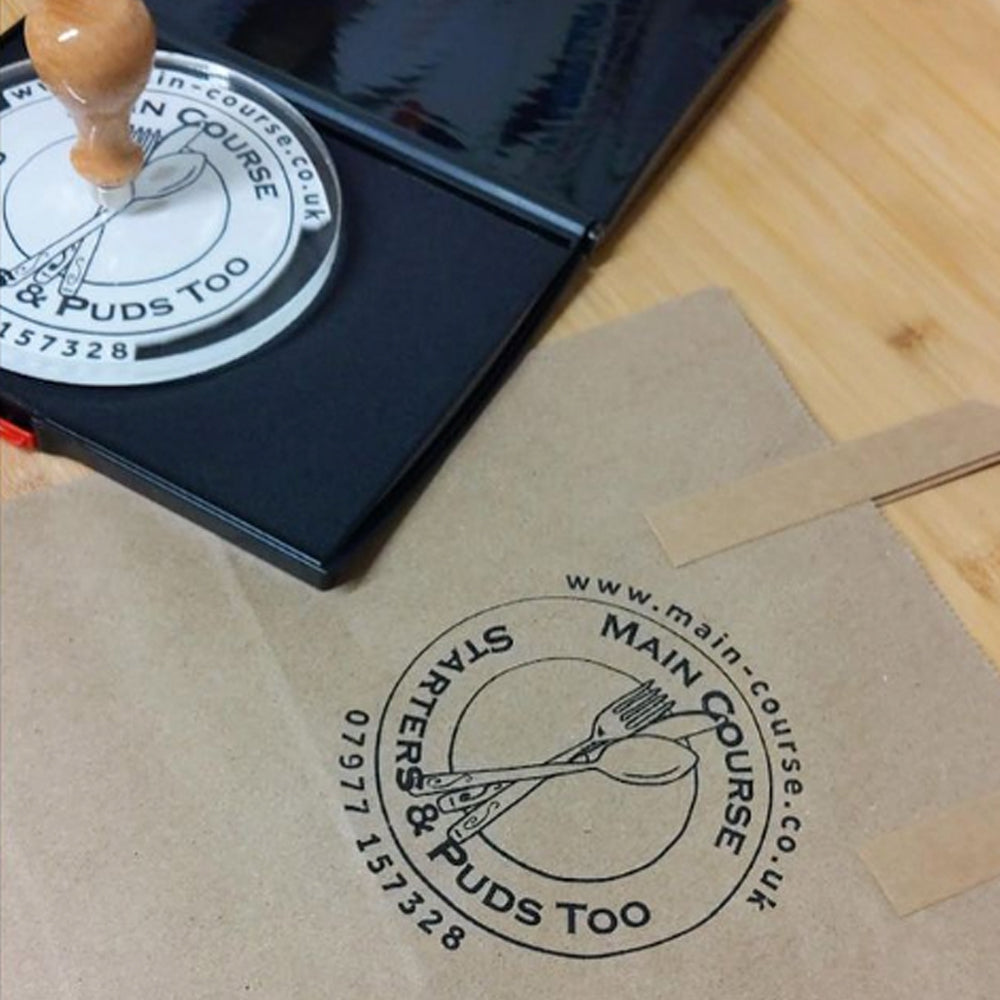The Evolution and Importance of Lunch Boxes
Lunch boxes have come a long way from their humble beginnings as simple containers for food. Today, they play a crucial role in our daily routines, particularly for school children and working adults. This article will explore the evolution of lunch boxes, their design, cultural significance, and more.
Historically, the concept of a lunch box can be traced back thousands of years. In ancient civilizations, such as the Egyptians and Romans, people would carry food in woven baskets or ceramic containers. These early meal carriers allowed individuals to have food on the go, especially for laborers and travelers. However, it wasn’t until the 19th century that lunch boxes began to resemble the modern versions we recognize today. The Industrial Revolution brought about changes in manufacturing that allowed for tin lunch boxes. These were often decorated with elaborate designs and were popular among factory workers and schoolchildren.
Fast forward to the 20th century, and lunch boxes began to evolve significantly in design and materials. The iconic metal lunch boxes of the 1950s and 1960s featured popular cartoon characters and superheroes, making them highly coveted items among children. Brands like Batman, Mickey Mouse, and the classic lunch box featuring the gang from Peanuts became cultural symbols, encapsulating childhood nostalgia. The bright colors and fun graphics made lunchtime an enjoyable experience, and kids took pride in showcasing their favorite designs.
With the advent of the plastic era in the 1970s, lunch boxes underwent further transformation. Plastic lunch boxes were lightweight, easy to clean, and less prone to denting compared to their metal counterparts. Manufacturers began to create insulated versions that helped keep food warm or cool, catering to the growing awareness of health and nutrition. Today, you can find lunch boxes made from various materials, including stainless steel, cloth, and even biodegradable substances.
lunch boxes

The importance of lunch boxes extends beyond mere convenience; they play a significant role in promoting healthy eating habits. Many parents are increasingly aware of the nutritional value of the food that their children consume. Packing a lunch in a designated lunch box allows parents to have control over meal ingredients, portion sizes, and the balance of food groups. It encourages children to eat healthier options, as they are less likely to indulge in processed snacks and fast food. Moreover, school lunch boxes can help cultivate independence in kids, teaching them to prepare and pack their own meals as they grow older.
In today’s society, the use of lunch boxes has also adapted to a more eco-conscious mindset. As awareness of environmental issues increases, many individuals and families are turning to reusable lunch boxes to minimize waste. These durable containers can significantly reduce the number of single-use plastics that end up in landfills. Eco-friendly lunch boxes made from sustainable materials are becoming popular choices, aligning with broader efforts to promote green living.
The cultural significance of lunch boxes cannot be overlooked. In different regions around the world, the design and contents of lunch boxes vary widely. For instance, in Japan, bento boxes are beautifully prepared meals packed in intricately designed containers. These meals often include compartments for rice, protein, vegetables, and even decorative garnishes. Bento-making has become an art form, with individuals showcasing their creativity and culinary skills. In contrast, traditional American lunch boxes may contain sandwiches, snacks, and fruit, reflecting a more straightforward approach to meal packing.
In conclusion, lunch boxes have transitioned from simple carriers of food to essential items that carry significance in our daily lives. They promote healthier eating habits, encourage independence among children, and adapt to contemporary environmental concerns. Furthermore, across different cultures, lunch boxes reflect a diversity of tastes, traditions, and values. As we continue to innovate and enhance our lunch packing practices, these containers will undoubtedly remain a staple in our journeys, both in school and in the workplace. Whether made of metal, plastic, or eco-friendly materials, lunch boxes symbolize nourishment, care, and creativity — a small but mighty part of our daily lives.



